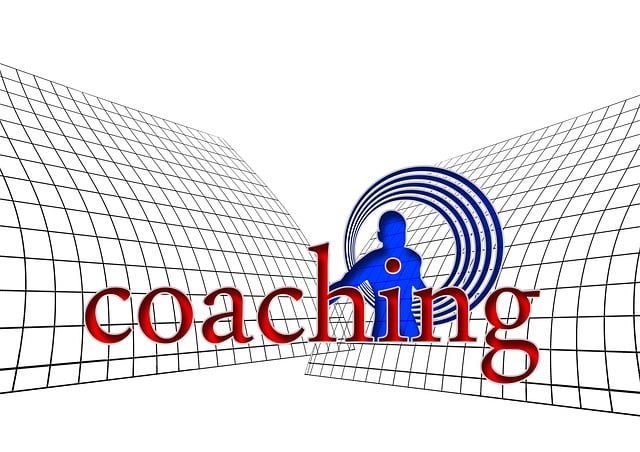The 5S Training Framework is a lean management tool that transforms cluttered workplaces into organized hubs of efficiency. By following the steps of Sort, Set in Order, Shine (Clean), Standardize, and Sustain, businesses can enhance productivity, streamline processes, minimize waste, and maximize value. Lean management principles, combined with 5S training, foster continuous improvement through collaborative efforts at all organizational levels, ensuring sustained success in today's competitive business environment.
“Unleash the power of systematic efficiency in the workplace with our comprehensive guide. We explore the transformative potential of the 5S Training Framework, a cornerstone for achieving excellence. By delving into Lean Management techniques, we uncover strategies to streamline processes and enhance productivity. Additionally, discover continuous improvement strategies that foster a culture of organization and standardization. Maximize your workplace’s potential through these proven methods, combining 5S principles with lean practices for long-lasting efficiency.”
- Understanding the 5S Training Framework: A Foundation for Workplace Excellence
- Lean Management and Its Role in Achieving Systematic Efficiency
- Continuous Improvement Strategies: Sustaining Workplace Organization and Process Standardization
Understanding the 5S Training Framework: A Foundation for Workplace Excellence

The 5S Training Framework is a powerful tool rooted in lean management principles, designed to transform cluttered and inefficient workplaces into hubs of organized excellence. This method, which includes Sort, Set in Order, Shine, Standardize, and Sustain, provides a structured approach to workplace organization and continuous improvement. Each ‘S’ represents a distinct yet interconnected step that, when implemented correctly, leads to enhanced productivity and overall operational efficiency.
5S training isn’t just about decluttering; it’s a systematic process aimed at process standardization and the elimination of waste. By ‘sorting’ through tools, equipment, and materials, you identify what’s essential and remove items that hinder productivity. The ‘set in order’ step involves organizing everything logically, ensuring easy accessibility. ‘Shine’ takes cleaning to another level, promoting a culture of pride in one’s workspace. ‘Standardize’ establishes clear guidelines and procedures, while ‘sustain’ drives continuous improvement by reinforcing good habits and fostering a culture committed to ongoing 5S practice.
Lean Management and Its Role in Achieving Systematic Efficiency

Lean Management is a powerful methodology that plays a pivotal role in achieving systematic efficiency across various industries. Its core principles focus on minimizing waste and maximizing value, ensuring every process contributes to the overall productivity and quality of a business. By implementing lean techniques, organizations can streamline their operations, enhance workplace organization, and cultivate a culture of continuous improvement.
One of the key components of lean management is 5S training—a structured approach to workplace organization. This involves sorting, setting in order, shining (cleaning), standardizing, and sustaining. 5S continuous improvement drives process standardization, enabling employees to work more efficiently and effectively. It encourages a disciplined environment where every step of a process is evaluated, improved, and standardized, ultimately leading to significant gains in productivity and overall systematic efficiency.
Continuous Improvement Strategies: Sustaining Workplace Organization and Process Standardization

In today’s competitive business landscape, maintaining workplace organization and process standardization is crucial for sustained efficiency and productivity. Continuous improvement strategies, such as 5S training and lean management principles, play a pivotal role in achieving this goal. The 5S method—Sort, Set in Order, Shine (Clean), Standardize, Sustain—offers a structured approach to workspace organization, ensuring that every item has its designated place, processes are streamlined, and waste is minimized. By integrating these practices into daily operations, organizations can create an environment conducive to continuous learning and improvement.
Lean management, with its focus on eliminating waste and maximizing value, complements 5S training by identifying and addressing inefficiencies within processes. This collaborative effort involves every level of the organization, fostering a culture where everyone takes ownership of their role in maintaining workplace order and standardizing procedures. Regular reviews, team discussions, and data-driven insights are key to sustaining these improvements over time, ensuring that the organization remains agile and responsive to changing market demands.
